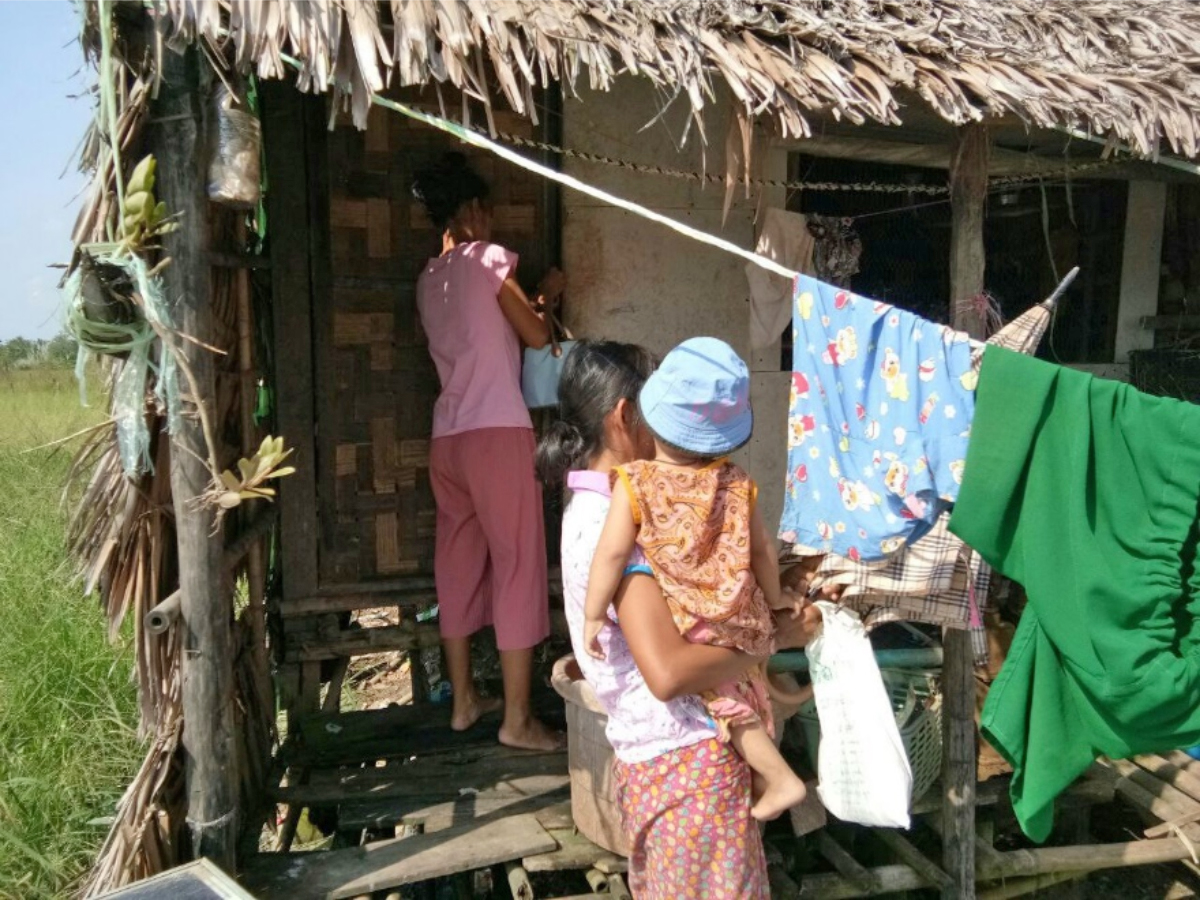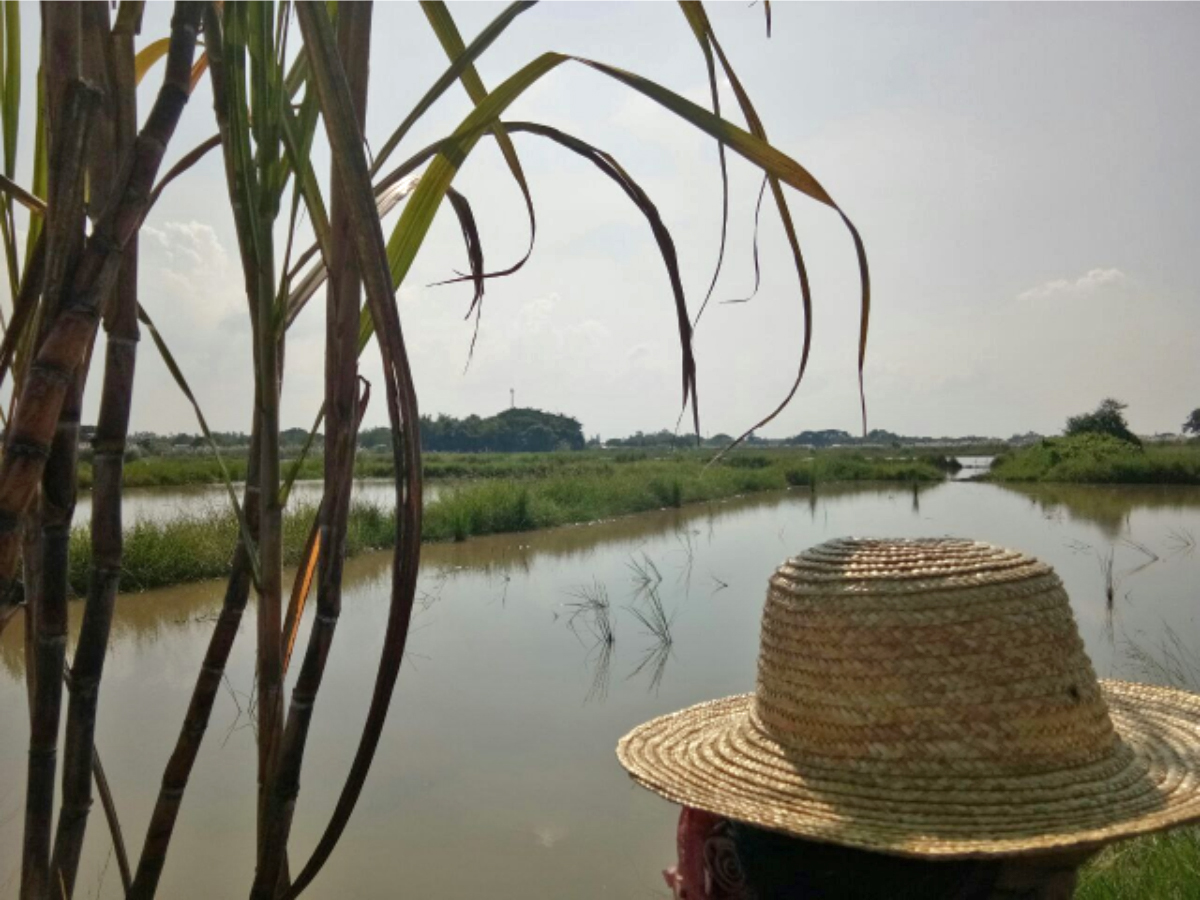Fighting Poverty
Since 2021, we have been actively collaborating with local communities to combat and provide relief from poverty, particularly among former textile factory workers. Our efforts have focused on supporting the establishment of a sanctuary where low-income families can seek short-term refuge, learn, or improve their sewing skills, to generate a modest income. Through our funding and assistance, we aim to empower these individuals and families, offering them opportunities to enhance their livelihoods and alleviate the challenges they face.

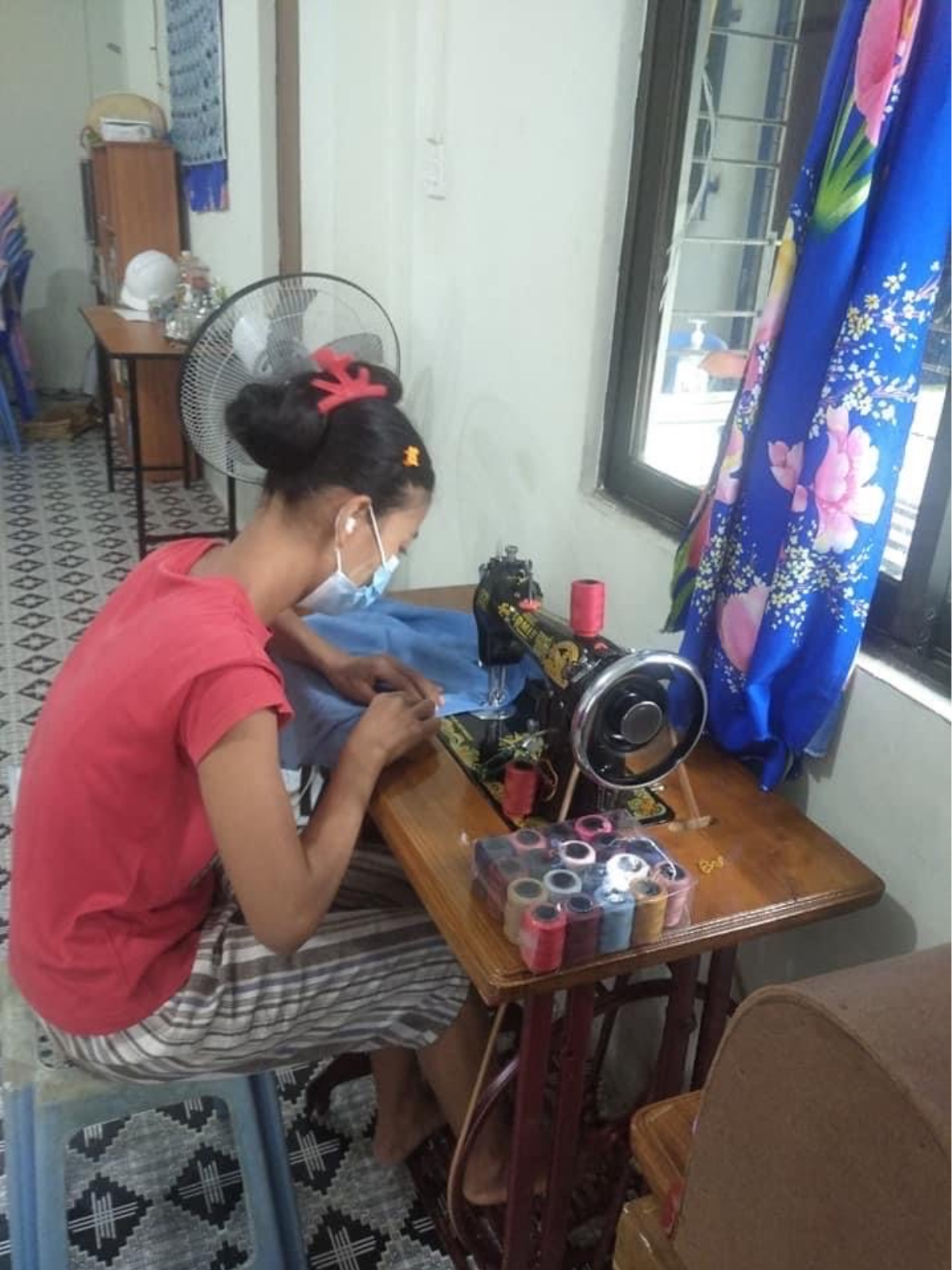
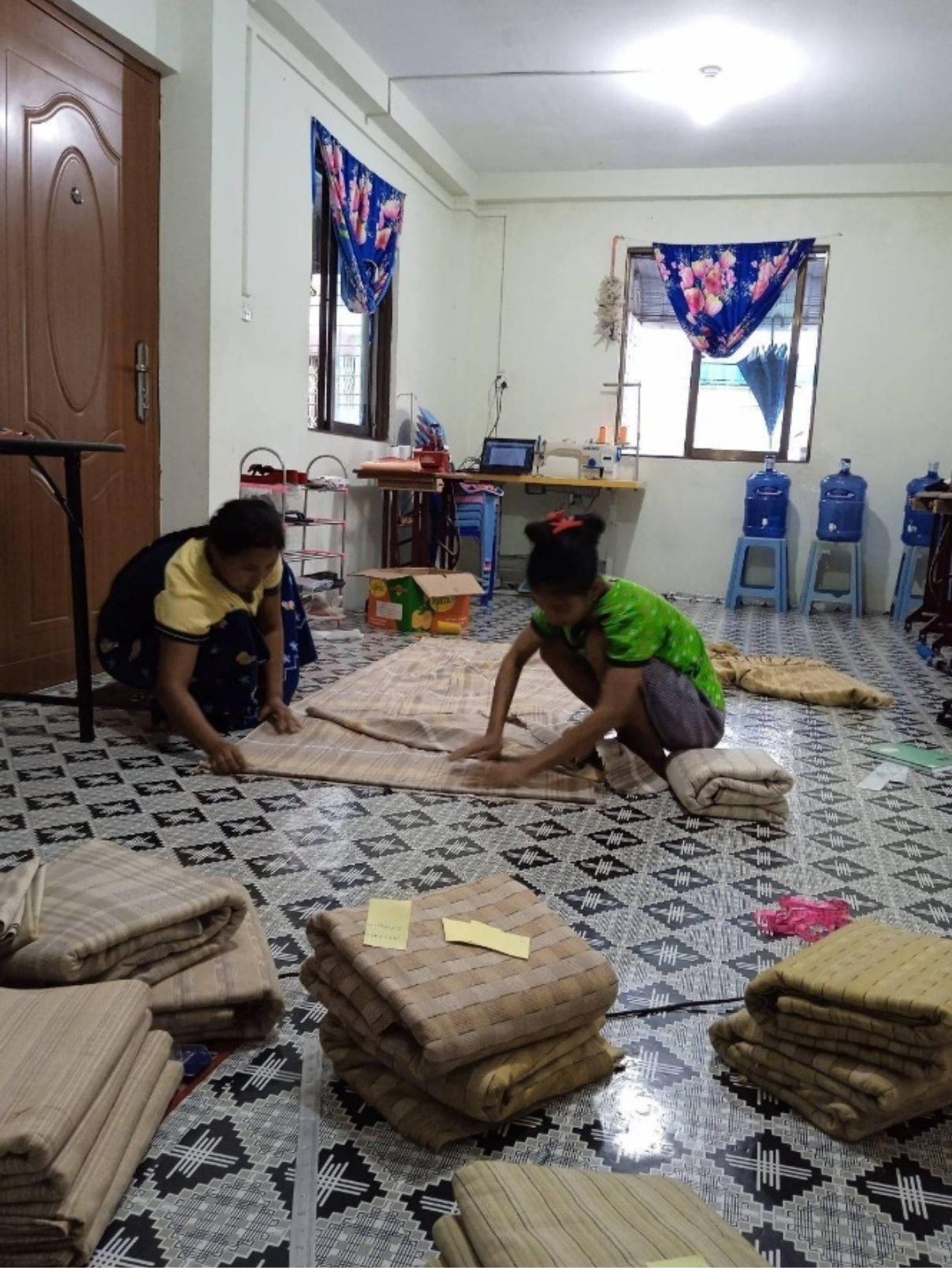
Individual Grants
We carefully consider the following factors and offer monthly smaller grants to 10-15individuals:
- Family circumstances, including single parents and the number of dependents theycare for, such as children or elderly family members.
- Situations of hunger, displacement, and the loss of homes or livelihoods due toconfl icts, crises, or disasters.
- Essential living expenses, such as rent, groceries, and utilities.
- Income sources, including benefi ts, tax credits, pensions, and wages.
By taking these aspects into account, we aim to provide targeted support that addresses thespecifi c needs of individuals and families, helping them meet essential living costs andimprove their overall well-being.
We deeply respect people’s privacy and aim to avoid unnecessary intrusion into their lives.During quarterly assessments conducted by our local partners, we solely document theliving situation of individuals. Here are the living conditions of some of the recipients thatour local partners document:
Recipient 1
In this particular case, a mother and her daughter live together. They work by going to otherpeople’s houses to wash clothes, earning an income of two to three thousand kyats (lessthan £1) each time.
However, they are only able to secure these jobs two or three times a week. Unfortunately,the mother’s ability to work has been compromised due to leg infections, which prevent herfrom continuing with these tasks.

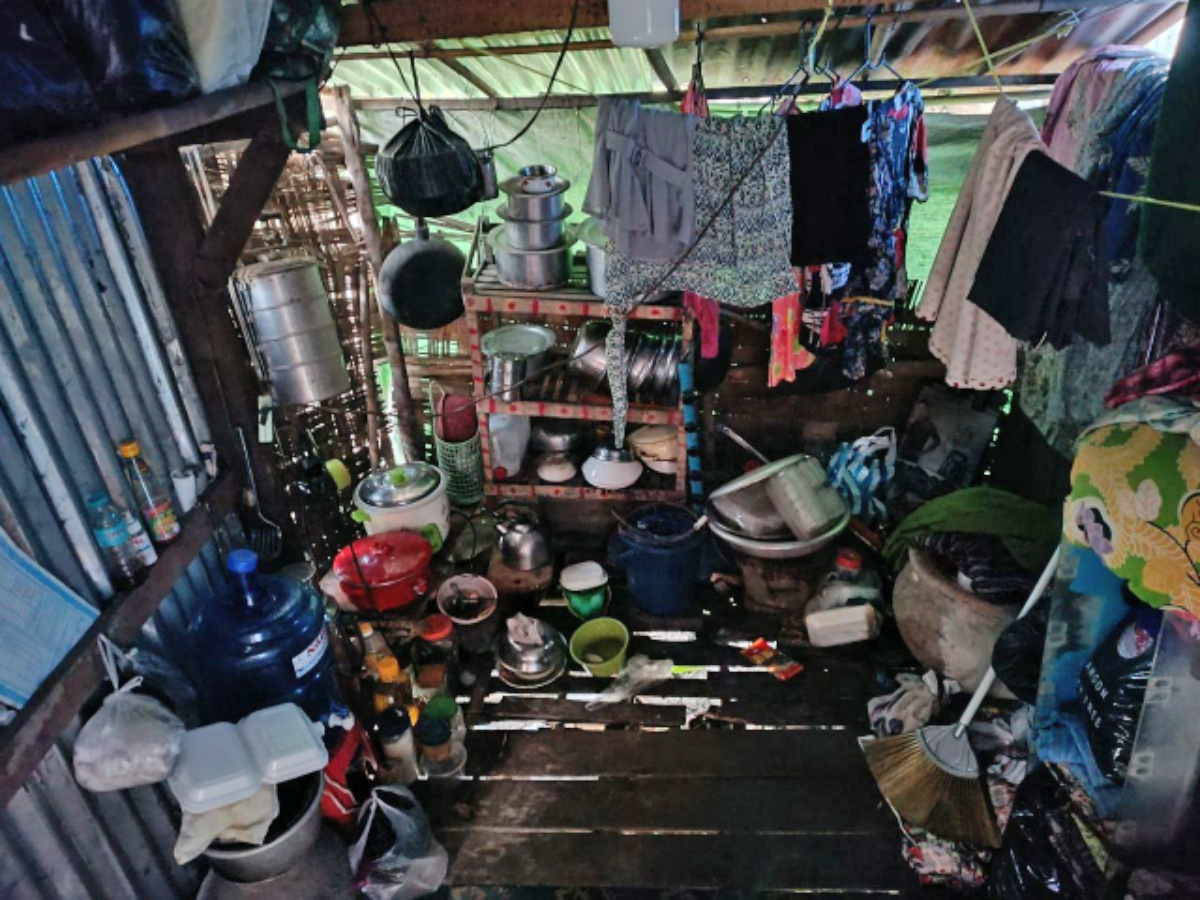
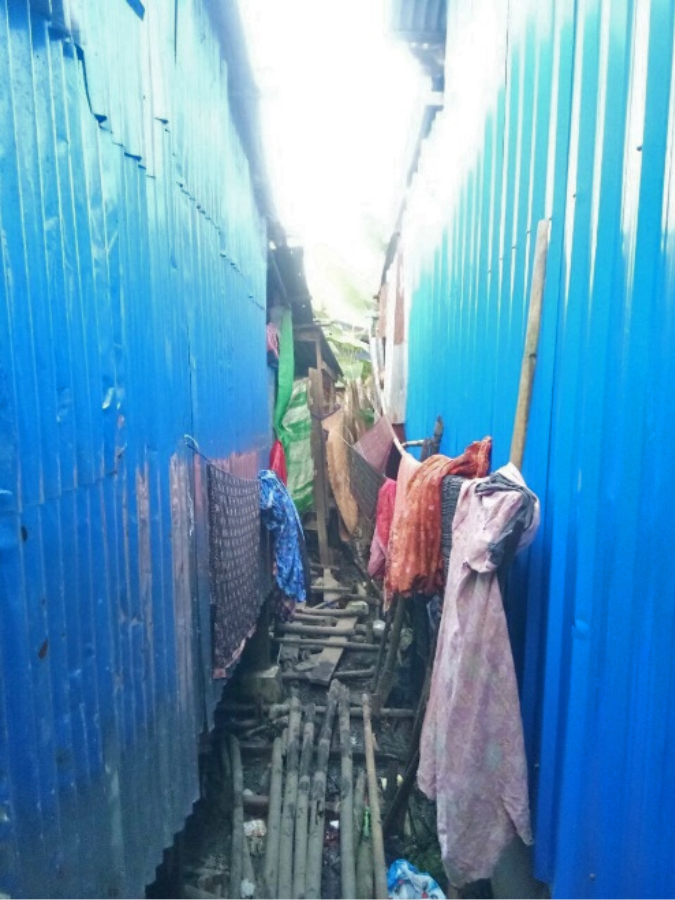
Recipient 2
In their rural and remote living environment, this woman and her family face variouschallenges. They reside far from the nearest villages. With two young children, aged six andless than a year old during the January 2023 assessment, their daily sustenance largelydepends on the husband’s ability to secure odd jobs. When he manages to fi nd work, theyhave some money to purchase food. However, in times of fi nancial struggle, they resort tocatching edible rats and small fi sh from nearby farms and ponds. These resources serveboth as their own source of nourishment and a means to generate income by selling them totheir neighbors. Additionally, it appears that they have accumulated some debts owed tocreditors, further adding to their fi nancial burdens.

